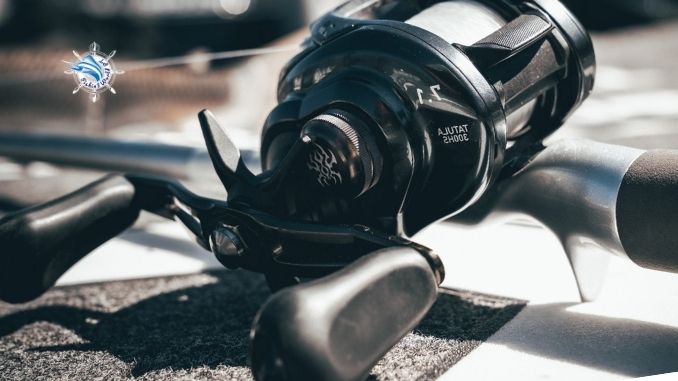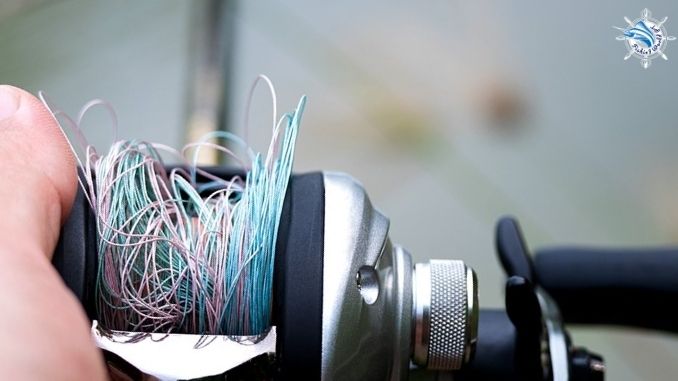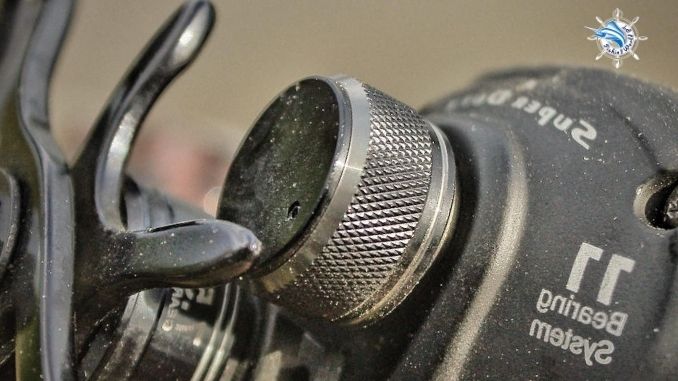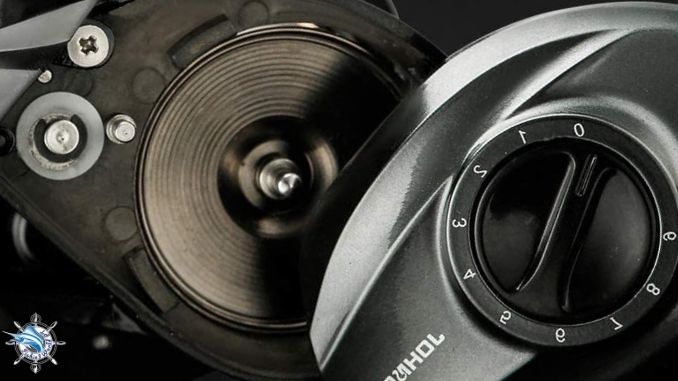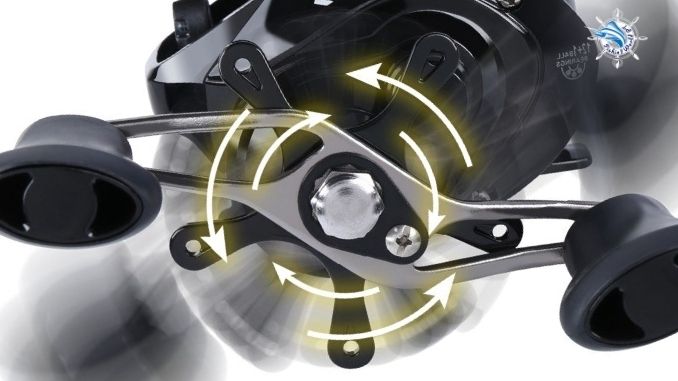No one can deny that the Baitcast reel gives us many opportunities to face more difficult challenges, either fulfilling the complex techniques we desire.
It is always available in the arsenal of most experienced anglers, must acknowledge that it brings more success than reels, especially in bass fishing.
However, the Baitcast reel is challenging to use; most beginners always find ways to avoid it. Why? Nothing but backlash which is one of the most annoying things for most anglers.
I also found that the Baitcast reel was quite tricky for the beginner to get used to it; there were many things they had to know to master them. However, if they know how to adjust it, everything seems to become much more accessible. From that, the frequency of backlash will be so tiny, negligible (it would be more wonderful if you know to use your thumb as a brake).
What are the adjustments on a Baitcast reel? Spool Tension, Brake System, Star Drag are the adjustments you need to know then have the opportunity to master the baitcast reel, avoid backlash.
According to my assessment, it’s not too difficult. You just need to understand how to adjust and persistently practice it. After only a long time, I’m sure you will reach the casting effect you want.
I will help you learn how to adjust all three types, read the article and embark on practice now.
Spool tension
The spool tension knob is always on the side of Baitcast Reel, any kind. Although it looks different, you will always see it there. It works to pressure the spool to make it spin slower when casting, reducing the ability to backlash. Our goal is a balance, you will face backlash if too light, or the casting distance will be significantly reduced if too tight.
Next, you will have to adjust the knob tension. When you first buy a new reel, usually, the tensioner will be 0, which means there is no tension.
First, force the lure with the exact size and weight you want to fish. Set magnetic brakes at the largest level or be 5 to start adjusting spool tension.
Keep the fishing rod at a 2-hour position, tighten the tension knob and push the thumbar to release the spool; your lure will slowly fall to the ground or completely standstill. Then slowly drop the pressure of the knob until the lure falls freely, and the spool must stop when touching the ground.
If the lure moves fast and causes a backlash when touching the ground, tighten the tension knob. Reel up and repeat many times until there is a suitable falling speed (from 2-3 seconds), and it doesn’t cause a backlash. Every time you change the size of the lure, you need to adjust it with the above steps. Once you have achieved it, the spool is ready to cast, and you will have to continue adjusting the baitcast reel’s brake.
Adjusting Brakes
This job may be more complex than other adjustments. There are two standard brakes on the baitcast reel, including centrifugal brakes and magnetic Brakes.
You will see the reels with hybrid brakes somewhere; it is a mixture of magnetic and centrifugal brakes. However, I won’t talk about saying in this article, and I don’t know what to say about it. I only pursue the performance of the fishing trip, and one type of brake will best optimize what I choose.
Centrifugal Brakes
This brake type is found in high-end reels; it uses small weights to activate the brake and slow the reel. It is located on the inside side, the face opposite the handle. You can remove the side plate easily; if not sure, you can consult the directions with the reel.
You will see the colored tabs evenly after entering the inside the plate. There are two positions, “in” and “out.” When the tabs are in the “out” position, meaning the centrifugal brake system is turned on, it will create pressure on the mechanism inside the spool and slow down your reel. Push the tabs in to turn off the brake.
Note, the tabs must be placed evenly, which means that if you turn on a tab, you must turn on that opposite tab or turn on three tabs at the three peaks of a triangle.
If you start with a centrifugal brake, it’s best to start with four tabs, then drop to 2-3 tabs if you have a good cast. If you know how to use your thumb to reduce the speed of the spool, I think you should refer to magnetic brakes. I will not pay hundreds of dollars is only to have centrifugal brakes if I know how to do well with magnetic brakes.
It doesn’t matter how magnetic or centrifugal brakes; you will limit the backlash if you know how to adjust it correctly.
Magnetic brakes
This brake can be easier to understand and adjust. It has a rotating button located opposite the face with the handle. You can count it from one to ten; the higher the number, the more brakes pressure the reel and slow it down.
Setting the Star Drag
The star drag system is in the middle of the handle and reel’s body; having a star shape, you just need to rotate it forward to increase the traction and vice versa to loosen. Continue, what we need is equal, not too loose, so it does not slip on the hookset, and not too tight so that the line does not suffer too much pressure.
A general principle of traction settings equals about 25% of the line strength. However, nothing is absolute; you will have to adjust flexibly in different situations that require different resistance.
Conduct casting
Next is to embark on a practice to make sure that what you read is meaningful. The special thing to note when you adjust your reel while casting is that the goal is not the distance; what you need is the accuracy. The distance will reach the farthest level after many times you practice and master your Baitcast reel. If you only insist on looking at the distance and cast as far as possible, what you get will just be backlash.
You can a short cast in your home yard, connected to nail have weight as lure you intend to use. I will not go deep in the casting way; I will have a post dedicated to it; I only focus on adjusting the baitcast reel in this article.
Put a log or draw a circle, throw the lure correctly, and note short casting, please. Practice many times, when your lure or nail touches the water or ground without any backlash happening, it continues to lower the adjustments to increase the distance up. Until backlash occurs, it is the maximum distance you can proceed in casting.
Conclusion
Spool Tension, Brake System, Star Drag are the adjustments you need to note on baitcast reel, loosen or tighten, suitable for casting distance and accuracy. The accuracy is always something that you should always go to. Remember that, slowly, the distance will be further over time you proceed in casting.
That’s what I know about baitcast reel’s adjustments, looking forward to this article being helpful to you. Do you have another idea?
Further reading:

